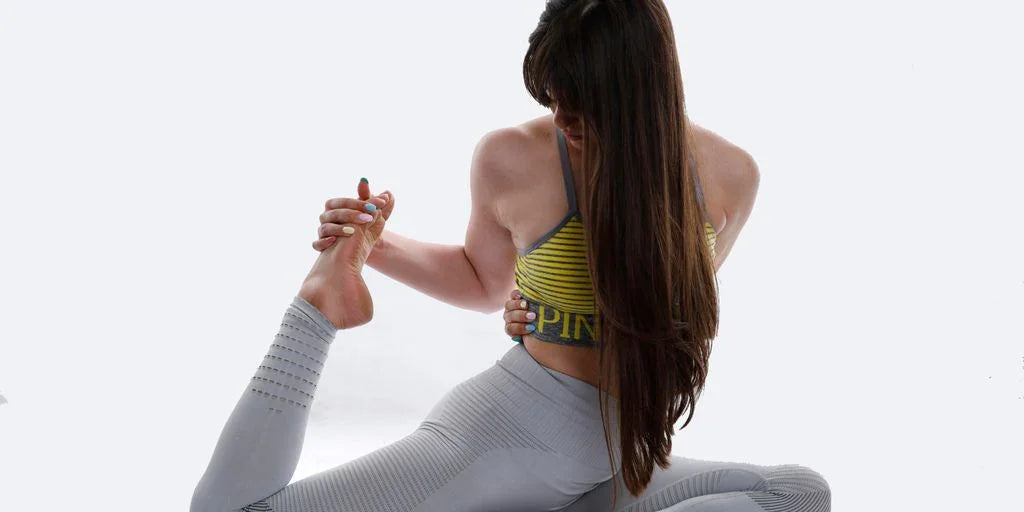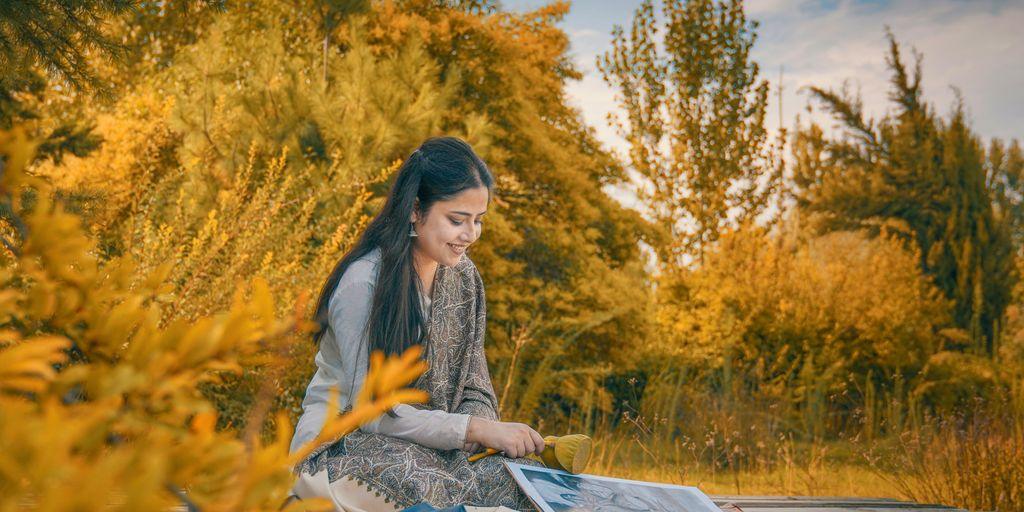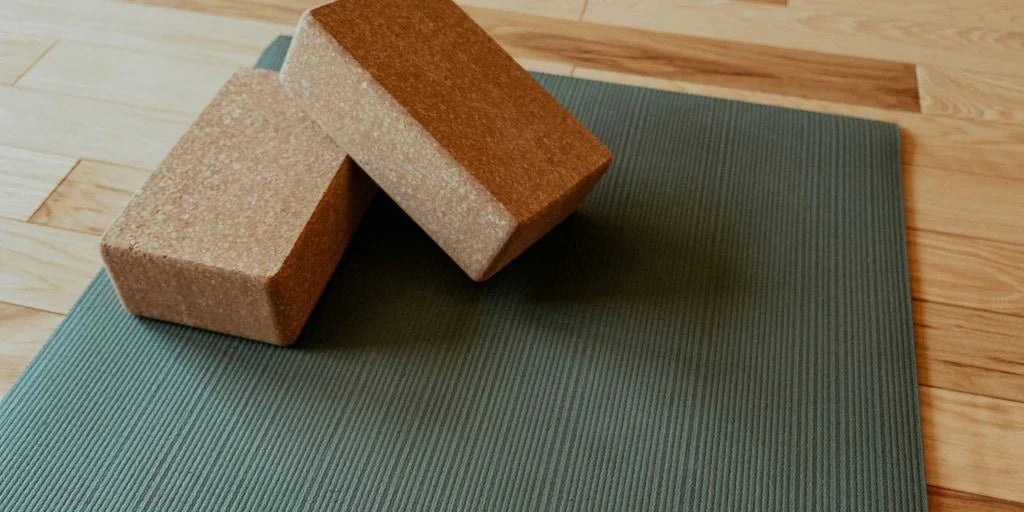
Release Tension and Improve Flexibility with These Hip Opening Yoga Poses
Feeling stiff in your hips? You're not alone. Lots of us carry tension in our hips without even realizing it, thanks to things like sitting all day or just everyday stress. But here's some good news: hip opening yoga poses can really help. These poses are designed to gently release that tightness, making you feel more flexible and comfortable. It's a simple way to improve how you move and feel overall. Let's look at how adding these poses to your routine can make a big difference.
Key Takeaways
- Hip opening yoga poses can help you move better and feel more comfortable.
- Regular practice can reduce stiffness and improve your range of motion.
- These poses target different hip muscles, like flexors, glutes, and inner thighs.
- You can start with easier poses and work your way up to more advanced ones.
- Listening to your body is important to avoid pushing too hard.
Understanding Hip Opening Yoga Poses
The Importance of Hip Flexibility
Hip flexibility is something a lot of people don't think about until they start feeling pain or stiffness. But having flexible hips is super important for everyday movement and overall well-being. Think about it: you use your hips for walking, bending, twisting, and just about everything else. When your hips are tight, it can affect your posture, limit your range of motion, and even lead to pain in other areas of your body, like your lower back and knees.
Benefits of Consistent Practice
Okay, so you know hip flexibility is important, but what happens when you actually start working on it? Well, the benefits are pretty awesome. Here's a quick rundown:
- Reduced pain and stiffness: Looser hips mean less discomfort during daily activities.
- Improved posture: Flexible hips help you stand taller and straighter.
- Increased range of motion: You'll be able to move more freely and easily.
- Better athletic performance: Whether you're a runner, a cyclist, or just enjoy working out, flexible hips can improve performance and reduce the risk of injury.
Making hip opening yoga a regular part of your routine can really transform how your body feels and moves. It's not just about touching your toes; it's about creating more ease and comfort in your everyday life.
Targeting Key Hip Muscles
When we talk about hip opening, we're not just talking about one muscle. There are a bunch of different muscles that play a role in hip flexibility. Here are some of the key players:
- Hip flexors: These muscles run along the front of your hips and help you lift your legs.
- Glutes: Your butt muscles! They're important for hip extension and rotation.
- Adductors: These are the inner thigh muscles that help you bring your legs together.
- Piriformis: A small muscle deep in your hip that can cause a lot of pain if it gets tight.
Understanding which muscles to target can help you get the most out of your hip opening yoga practice. It's all about finding the right poses to release tension and increase flexibility in these key areas.
Key Hip Opening Yoga Poses for Flexibility
Alright, let's get into some actual poses you can try. These are some of my go-to moves when I'm feeling stiff, and they really do make a difference. Remember to listen to your body and don't push yourself too hard, especially when you're just starting out. We're aiming for progress, not perfection (or injury!).
Pigeon Pose for Deep Hip Release
Pigeon Pose is a classic for a reason. It's amazing for releasing tension in the outer hips and hip flexors. It can be a bit intense, so don't worry if you can't get all the way down at first. Use a blanket or pillow under your hip for support if you need it. Seriously, don't be a hero – support is your friend!
Butterfly Pose for Inner Thighs
Butterfly Pose is a gentle way to open up the inner thighs and groin. Sit with the soles of your feet together and let your knees fall open. You can gently press down on your knees to deepen the stretch, but again, be gentle! I like to do this one while I'm watching TV. It's a nice, relaxing stretch that you can hold for a while. It's great for hip flexibility.
Low Lunge for Hip Flexor Stretch
Low Lunge is fantastic for stretching the hip flexors, which can get really tight if you sit a lot. Start in a kneeling position and step one foot forward, keeping your knee over your ankle. Make sure your back knee is comfortable – you can pad it with a blanket if needed. You should feel a nice stretch in the front of your hip. For an added stretch, raise your arms overhead. This pose can also help alleviate sciatica.
I find that holding each of these poses for at least 30 seconds, and up to a minute, really helps to release tension. Remember to breathe deeply and focus on relaxing into the stretch. It's not about how far you can go, but about how much you can release.
Advanced Hip Opening Yoga Poses
Ready to take your hip opening to the next level? These poses require more flexibility and control, so listen to your body and don't push yourself too hard. It's all about gradual progress and finding what works for you. Remember to breathe deeply and stay present in each pose.
Cow Face Pose for Outer Hips
Cow Face Pose (Gomukhasana) is a fantastic way to really get into those outer hips and glutes. It might look a little intimidating, but with some patience, you'll feel a great stretch. The key is to focus on aligning your knees as much as possible, one on top of the other. If that's not happening, don't worry! Use a blanket or cushion to sit on to elevate your hips. This pose is also great for stretching your ankles and shoulders, so it's a win-win!
Frog Pose for Enhanced Mobility
Okay, Frog Pose (Mandukasana) can be intense, but it's so good for opening up the inner thighs and groins. Start on your hands and knees, then slowly widen your knees out to the sides, keeping your ankles in line with your knees. Lower down onto your forearms, and just breathe. Don't force anything! If you feel any sharp pain, back off a bit. This pose is all about finding your edge and gently exploring your limits. It's a great way to improve hip mobility over time.
Garland Pose for Hip and Groin Opening
Garland Pose (Malasana), or yogi squat, is a deep squat that really opens up the hips and groins. It's also great for grounding and connecting with your body. Stand with your feet slightly wider than hip-width apart, turn your toes out slightly, and squat down as low as you can. Bring your hands together in prayer position at your chest, and use your elbows to gently press your knees open. If your heels don't touch the ground, that's totally fine! You can roll up a blanket and place it under your heels for support. This pose is awesome for releasing tension in the lower back and improving digestion. It's a great way to end your hip opening yoga poses practice.
Benefits of Hip Opening Yoga Poses
Injury Prevention and Pain Relief
Hip openers are great because they help release tension in your back and hip area. They're like a massage for your muscles, stretching and strengthening them at the same time. This can really help prevent pain, spinal problems, and other long-term issues. It's important to work on all sides of your hips to get better movement and flexibility. Yoga poses for hips can be super helpful for relieving pain and keeping injuries away.
Improved Body Balance and Stability
When your hips are open and flexible, you move more freely and with better balance. The hips connect strongly to your pelvis, where lots of muscles link your upper and lower back. These muscles are held together by connective tissue, which provides stability. But you also need flexibility to move well. Yoga can really help with that, improving blood flow and energy between your upper and lower body. Strengthening your hips and back muscles can prevent back pain and injuries.
Enhanced Blood and Energy Flow
Think of your hips as a major intersection for blood and energy flow in your body. When they're tight, it's like a traffic jam. Hip-opening poses help to release that congestion, allowing for better circulation. This can lead to increased energy levels, reduced fatigue, and an overall sense of well-being. It's not just about physical flexibility; it's about getting things moving smoothly throughout your body.
Opening your hips can have a profound impact on your overall well-being. It's not just about stretching muscles; it's about releasing stored emotions and improving the flow of energy throughout your body. This can lead to a greater sense of balance, both physically and emotionally.
Optimizing Your Hip Opening Practice
So, you're ready to really get into hip opening yoga? Awesome! It's not just about flopping into a pose; it's about doing it right so you actually get the benefits and don't hurt yourself. I've learned a few things along the way that have made a huge difference in my own practice. Let's dive in.
Starting with Dynamic Stretches
Okay, so before you even think about holding a pose, warm up! Seriously, don't skip this. I used to jump right into things and then wonder why I felt so stiff. Dynamic stretches are key to getting your body ready. Think leg swings, torso twists, and arm circles. These movements increase blood flow and get your joints lubricated. It's like prepping your muscles for what's to come. I usually do about 5-10 minutes of these before I even think about a static stretch. It makes a world of difference.
Listening to Your Body's Signals
This is huge. I cannot stress this enough: listen to your body. Yoga isn't about forcing yourself into crazy positions. It's about finding your edge and respecting it. If something feels like it's too much, back off. There's a difference between a good stretch and pain. Don't push through pain! That's how injuries happen. I've learned to really pay attention to what my body is telling me. Some days I can go deeper into a stretch than others, and that's okay. It's all about being present and mindful. If you are experiencing pain, consider consulting with a physical therapist to address any underlying issues and ensure safe practice. They can provide personalized guidance and modifications to suit your individual needs. Remember to prioritize your well-being and seek professional help when needed.
Modifying Poses for All Levels
Don't feel like you have to do the full expression of every pose right away. That's a recipe for frustration and potential injury. Modify! Use props like blocks and straps to support you. If you're new to a pose, start with a simpler variation and gradually work your way up. For example, in pigeon pose, you can stay upright on your hands instead of folding forward. Or, in butterfly pose, you can keep your legs further away from your body. It's all about finding what works for you and your body's current capabilities. Remember, yoga is a journey, not a destination. Embrace the process and enjoy the ride. You can also try hip opener stretches to help with flexibility.
It's easy to get caught up in trying to achieve the "perfect" pose, but remember that yoga is about self-awareness and acceptance. Focus on your breath, listen to your body, and modify as needed. The goal is to feel good, both physically and mentally. Don't compare yourself to others, and celebrate your progress, no matter how small it may seem.
Targeting Specific Hip Areas with Yoga
It's easy to think of hip openers as one-size-fits-all, but the truth is, different poses target different muscles and areas around the hips. Understanding this can help you tailor your practice for maximum benefit and injury prevention.
Stretching Hip Flexors and Psoas
These muscles, which connect your spine to your legs, often get tight from sitting. Tight hip flexors can contribute to lower back pain and poor posture. Poses like Low Lunge and variations of Warrior poses are great for targeting this area. Make sure you're feeling the stretch in the front of your hip, not just in your knee. Sometimes, tucking your tailbone slightly can help deepen the stretch and isolate the hip flexors.
Lengthening Gluteal Muscles
The glutes (maximus, medius, and minimus) are essential for hip stability and movement. Pigeon Pose is a classic for targeting the outer hip and glutes. Figure Four stretch (lying on your back with one ankle crossed over the opposite knee) is another good option, especially if Pigeon feels too intense. Remember to keep your spine long and avoid rounding your back in these poses.
Releasing Tension in Hip Adductors
These inner thigh muscles play a role in hip stability and can become tight from activities like running or cycling. Butterfly Pose (Baddha Konasana) is a gentle way to open the inner thighs. Wide-legged forward folds can also help release tension in this area. Don't force your knees down; let gravity do the work. You can also try:
- Supported Butterfly with blocks under your knees
- Seated wide-legged straddle with gentle forward bend
- Side lunges, focusing on the stretch in the inner thigh of the extended leg
It's important to remember that everyone's body is different. What works for one person might not work for another. Listen to your body, and don't push yourself too hard. If you're new to yoga, it's always a good idea to work with a qualified instructor who can help you modify poses and ensure you're practicing safely. Over time, you'll find the poses that work best for you and your body's unique needs. Regular yoga for tight hips can make a big difference.
Wrapping Things Up
So, adding some hip-focused yoga into your routine is a really good idea for keeping your hips healthy. These poses do a bunch of things, like getting your blood moving, making you more mobile, and helping with stability. Just remember to breathe deep and try to match your breath with your movements. You'll get the most out of it that way.
Frequently Asked Questions
Is yoga good for tight hips?
Yes, yoga is super helpful for tight hips! Lots of yoga poses are made to work on your hips, helping to let go of tension, make you more flexible, and improve how well your hips move. Poses like Pigeon Pose, Butterfly Pose, and lunges that open your hips can help stretch and open up your hip joints, making them feel less stiff and uncomfortable.
What yoga pose opens up your hips?
Yoga has many poses that are great for opening up your hips and making them more flexible. Pigeon Pose is well-known for really stretching the hip flexors and outer hips. Butterfly Pose gently eases tension in your inner thighs and groin. Low Lunge gives a deep stretch to your hip flexors and the front of your thighs. Cow Face Pose gives a strong stretch to the outer hips and butt muscles, and Frog Pose targets the inner thighs and groin, making your hips move better. Lastly, Garland Pose helps open your hips and groin while also being good for your lower back.
Can yoga open your hips?
Yes, yoga can definitely open your hips and make them more flexible. Yoga includes many poses that focus on your hips. These poses help release tightness, improve blood flow, and stretch the muscles and tissues in this area. Over time, doing yoga regularly can slowly open your hips and increase how much you can move them, which helps with stiffness and discomfort. Hip-opening poses like Pigeon Pose, Butterfly Pose, and Low Lunge, along with others, work to stretch and strengthen your hip muscles, hip flexors, and the areas around them.
How long does it take to open hips with yoga?
The time it takes to open your hips with yoga varies for everyone. It depends on how tight your hips are to begin with, how often you practice, and how consistently you do the poses. Some people might feel a difference in a few weeks, while for others, it could take several months of regular practice to notice significant changes. The key is to be patient and consistent.
Should hip opening yoga poses hurt?
When you feel a stretch in a yoga pose, it should be a gentle pull, not sharp pain. Think of it as finding the "ooh" feeling, not the "ow!" feeling. If you feel any sharp pain, it means you're pushing too hard. It's important to listen to your body and not force yourself into a pose. Over time, with regular practice, your flexibility will improve.
Can tight hips cause lower back pain?
Yes, tight hips can definitely affect your lower back. The muscles in your hips, especially the hip flexors, are connected to your lower spine. When these muscles are tight, they can pull on your pelvis and lower back, leading to discomfort or pain. Opening your hips through yoga can help release this tension and improve your posture, which can reduce lower back pain.


